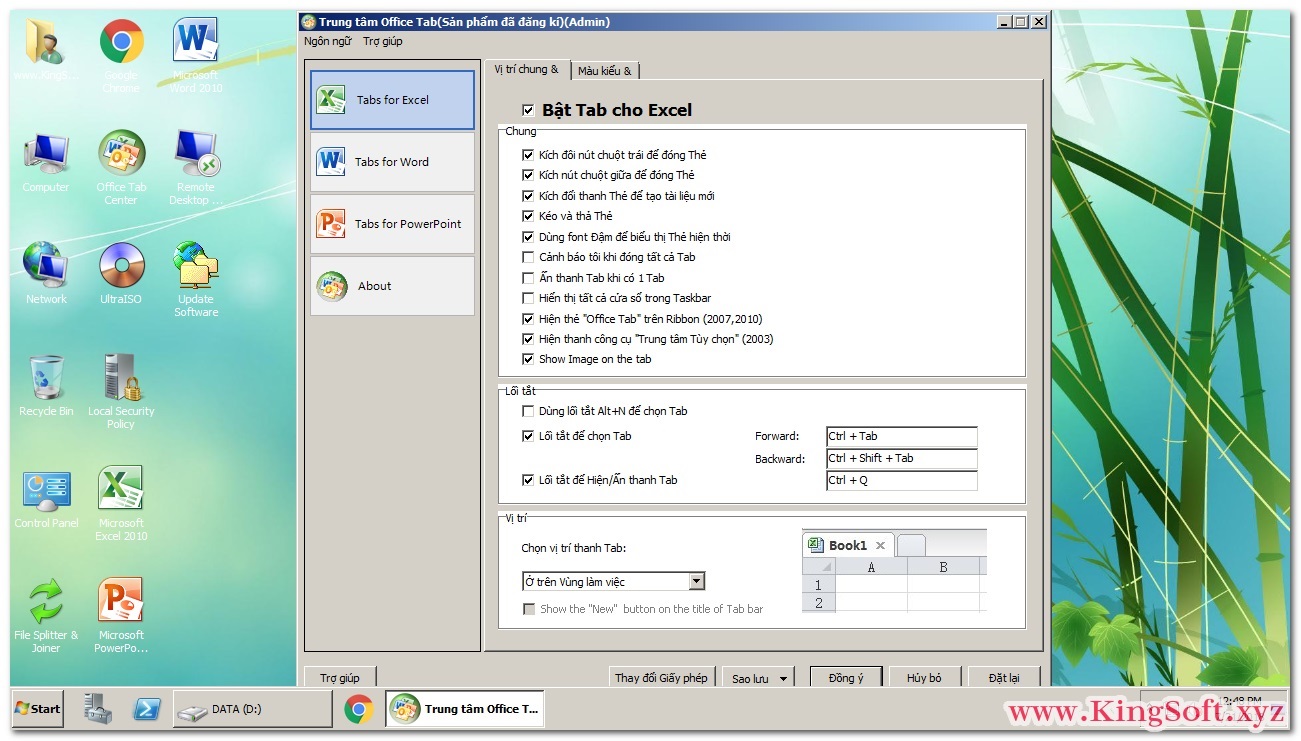


- #CVE 2019 0708 WINDOWS SERVER 2008 R2 64 BIT HOW TO#
- #CVE 2019 0708 WINDOWS SERVER 2008 R2 64 BIT INSTALL#
- #CVE 2019 0708 WINDOWS SERVER 2008 R2 64 BIT PATCH#
- #CVE 2019 0708 WINDOWS SERVER 2008 R2 64 BIT FULL#
- #CVE 2019 0708 WINDOWS SERVER 2008 R2 64 BIT CODE#
Because port 3389 is used to initiate an RDP session, blocking it prevents an attacker from exploiting BlueKeep from outside the user’s network.
#CVE 2019 0708 WINDOWS SERVER 2008 R2 64 BIT CODE#
CVE-2019-0708 could allow an attacker to execute remote code on a. The vulnerability concerns Remote Desktop Services (before that called Terminal Services) that affects certain older versions of Windows. Disable services not being used by the OS. On, Microsoft released fixes for a critical Remote Code Execution vulnerability called CVE-2019-0708 (nicknamedBlueKeep). Consider upgrading any EOL OSs no longer supported by Microsoft to a newer, supported OS, such as Windows 10. As always, CISA encourages users and administrators to test patches before installation.įor OSs that do not have patches or systems that cannot be patched, other mitigation steps can be used to help protect against BlueKeep: Microsoft has also released patches for a number of OSs that are no longer officially supported, including Windows Vista, Windows XP, and Windows Server 2003.
#CVE 2019 0708 WINDOWS SERVER 2008 R2 64 BIT PATCH#
Microsoft has released security updates to patch this vulnerability. ĬISA has coordinated with external stakeholders and determined that Windows 2000 is vulnerable to BlueKeep.ĬISA encourages users and administrators review the Microsoft Security Advisory and the Microsoft Customer Guidance for CVE-2019-0708 and apply the appropriate mitigation measures as soon as possible: This exploit, which requires no user interaction, must occur before authentication to be successful.īlueKeep is considered “wormable” because malware exploiting this vulnerability on a system could propagate to other vulnerable systems thus, a BlueKeep exploit would be capable of rapidly spreading in a fashion similar to the WannaCry malware attacks of 2017.
#CVE 2019 0708 WINDOWS SERVER 2008 R2 64 BIT FULL#
After successfully sending the packets, the attacker would have the ability to perform a number of actions: adding accounts with full user rights viewing, changing, or deleting data or installing programs. An attacker can exploit this vulnerability to perform remote code execution on an unprotected system.Īccording to Microsoft, an attacker can send specially crafted packets to one of these operating systems that has RDP enabled.
#CVE 2019 0708 WINDOWS SERVER 2008 R2 64 BIT HOW TO#
More information on the patch and how to download it is available in the Microsoft Update Catalog.BlueKeep (CVE-2019-0708) exists within the Remote Desktop Protocol (RDP) used by the Microsoft Windows OSs listed above. Where can I download the patch and apply it? DataBank recommends deploying the patch as soon as possible. The risk can also be partially mitigated with Network Level Authentication (NLA) in that the exploit would not spread to other vulnerable systems with NLA enabled. While a VPN does lower the surface area of an attack as the communication is encrypted and the RDP service is not opened externally, the risk still exists until the patch is deployed. While DataBank always recommends locking down ports on the firewall and using secure methods of connecting to a server, such as via VPN, this does not prevent an exploit from occurring. Customers should consider migrating away from Windows 2003 to a supported OS. While Windows 2003 is no longer supported by Microsoft, this is an out of band patch that is being released. Windows Server 2008 for 32-bit Systems Service Pack 2 (Server Core installation).

Veikleikinn gengur einnig undir nafninu BlueKeep.

Windows 2003, Windows 2008, and Windows 2008 R2. Alvarlegur öryggisveikleiki, CVE-2019-0708, Windows Remote Desktop Services (RDP). However, given the severity of the patch (Critical), it is likely only a matter of time before an exploit becomes available. Is there an exploit available for this yet?Īt the time of this writing, there is not a public exploit available.
#CVE 2019 0708 WINDOWS SERVER 2008 R2 64 BIT INSTALL#
The exploit could then run code to take over control of a system, delete files, and/or install programs. To exploit this vulnerability, an attacker would need to send a specially crafted request to the server via RDP. If exploited, the vulnerability could spread to other vulnerable servers in a worm-like fashion. This exploit is pre-authentication and does not require user interaction. It is important to note that RDP is not by itself vulnerable. The specific patch mitigates the possibility that an attack could happen via Remote Desktop Protocol (RDP). On May 14, 2019, Microsoft released a patch for Windows 2003, Windows 2008, and Windows 2008 R2 servers. Microsoft Patches Windows 20 RDP with CVE-2019-0708ĬVE-2019-0708 and Remote Desktop Services


 0 kommentar(er)
0 kommentar(er)
